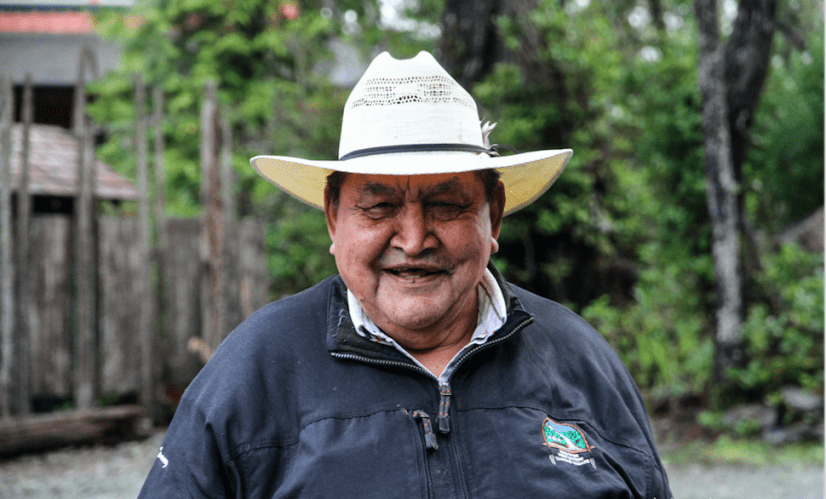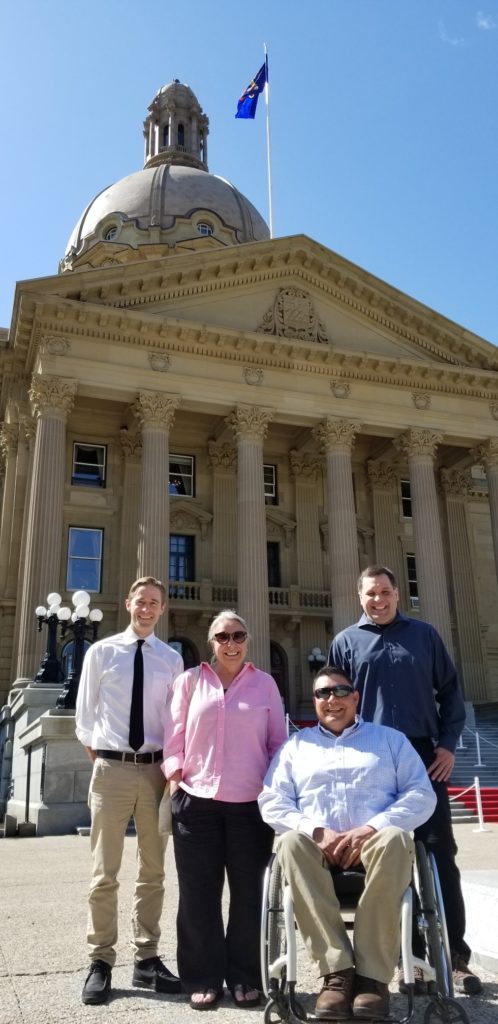
K’ih Tsaa?dze represents a relatively undisturbed part of our land, where we can be ourselves, and pass on our way of life and belief system – our culture – to our youth and future generations. Thus protection of K’ih Tsaa?dze is necessary for the survival of Doig River People,”
Excerpt from: “Ki’h Tsaa?dze Tribal Park, Doig River Community Vision”
About K’ih Tsaa?dze Tribal Park
Doig River First Nation (DRFN) declared K’ih Tsaa?dze Tribal Park (pronounced kih tsad zey) (KTP) in 2011. The park is located approximately 40 kilometers northeast of Fort St. John, BC and currently includes 45,000 hectares of land, straddling the BC/AB border. In time, we hope to expand the park to 108,000 hectares to help steward its cultural, ecological and economic potential. It is a unique, world class example of highly productive, biologically diverse boreal ecoystems, including rare and endangered species. The combination of biological richness and diversity in K’ih Tsaa?dze Tribal Park is unparalleled across the circumpolar boreal forest.
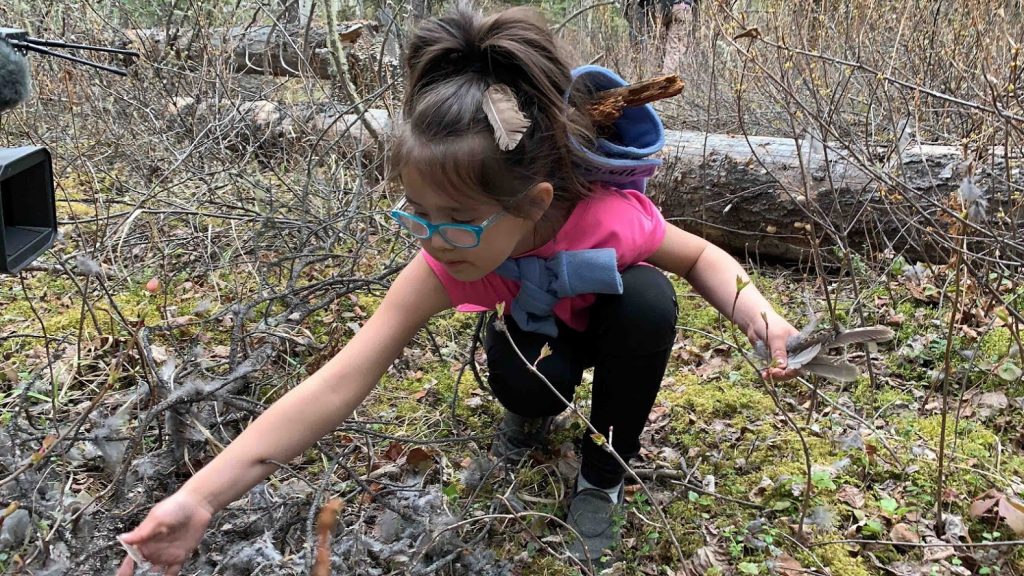
These ecological landscapes and sites are critical for the survival of our culture. Additionally, they will contribute to Canada’s objective of protecting 17% of terrestrial areas through networks of protected areas.
KPT lands are rich with cultural significance to our people. The area holds deep spiritual meaning and has been a place of stories about many births and deaths from the land. It is a place for spiritual healing and renewal for members. Having this special, protected land brings the community a sense of relief and confidence in knowing that we have a place to hunt and carry out traditional practises without interference by industrial development. It’s a place our ancestors used for generations and a place where the Nation can re-assert governance over their lands.
The park consists of boreal, deciduous, coniferous, and mixed wood forests. It supports a highly productive and biologically diverse boreal ecosystems and is home to grizzly bears as well as rare species such as boreal caribou.
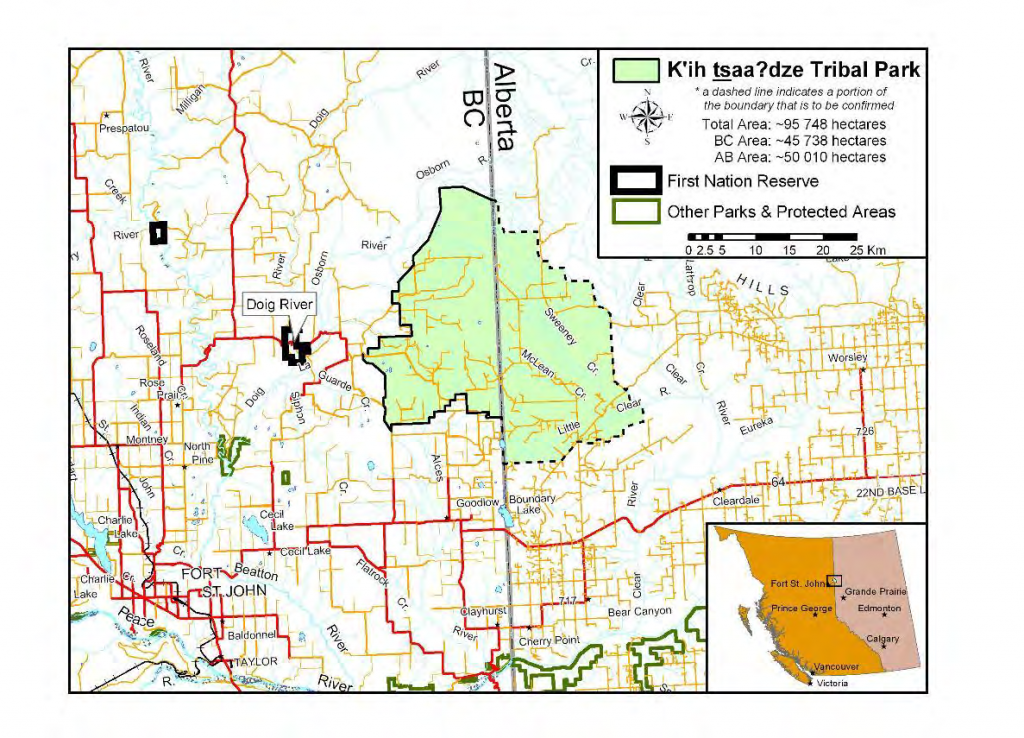
The David Suzuki Foundation worked with DRFN to produce a report on KTP in 2015. The report details the “non-market” benefits of protecting a 90,000 hectare area of northeastern B.C. from development.
Dr. Faisal Moola, director general of the David Suzuki Foundation, said that bees pollinating flowers, or trees soaking up carbon dioxide, are examples of non-market benefits.
“The ecosystems and the farmland are providing services that benefit local people, providing clean air, clean water, opportunities to have recreation, etc.,” he said. “This (report) is going to look at the economic value of those sectors of the economy that are typically treated as externalities by government and decisions in factors like resource development” – Dr. Faisal Moola, David Suzuki Foundation, Alaska Highway News, June 5, 2015
To Moola, Doig River’s proposal was interesting because the level of protected areas is lower in northern B.C. than it is in other parts of the province.
K’ih Tsaa?dze Objectives

Our objectives in establishing K’ih Tsaa?dze are to maintain the following within the defined area:
Maintain Doig River Traditional and contemporary cultural uses
Restore ecological integrity and biological diversity
Maintain natural ecological integrity and biological diversity
K’ih Tsaa?dze will be managed under an ecosystem-based conservation plan (EBCP), prepared by DRFN and endorsed by the provinces of BC and Alberta. The focus of the plan will be to protect, and/or where necessary, restore natural ecological and cultural integrity within the park. The philosophy, principles and process for the K’ih Tsaa?dze EBCP will be finalized through discussions among DRFN and the provinces.
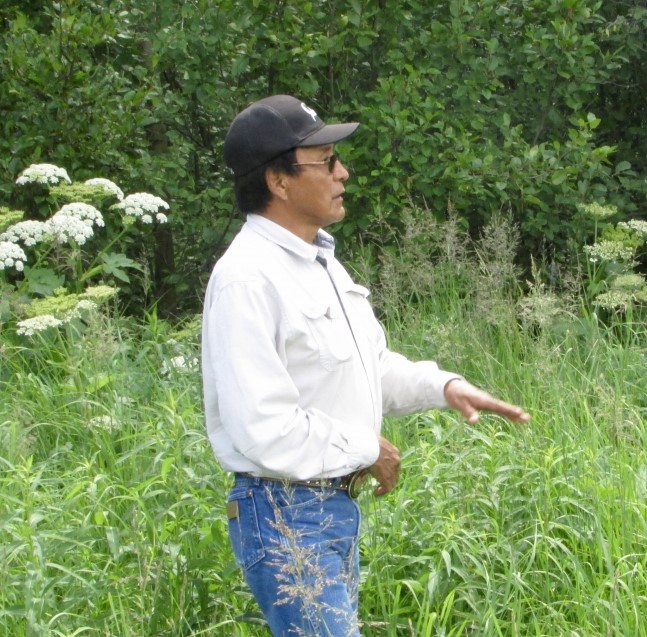
DRFN Elder Sam Acko recalls using K’ih tsaa?dze as a hunting camp in the early ’70s. He says: “After you leave K’ih tsaa?dze it’s like your spirit is renewed.” The Narwhal, April 2016
Emphasis on balancing industry and environment
DRFN aspires to balance industry and the environment by:
- Mapping connectivity to the Chinchaga Wildland Park to the north and enhancing range habitat for a caribou herd in the region
- Investigating potential new resource management zones
- Establishing partnerships to reclaim orphan well sites
- Engaging with local communities
- Designating land protection classes for specific areas within the park for values such as conservancy, park status, recreation or wild land
- Comanagement of key objectives with governments that manage jurisdiction in the area
- Managing for caribou, moose, grizzly bears and bison
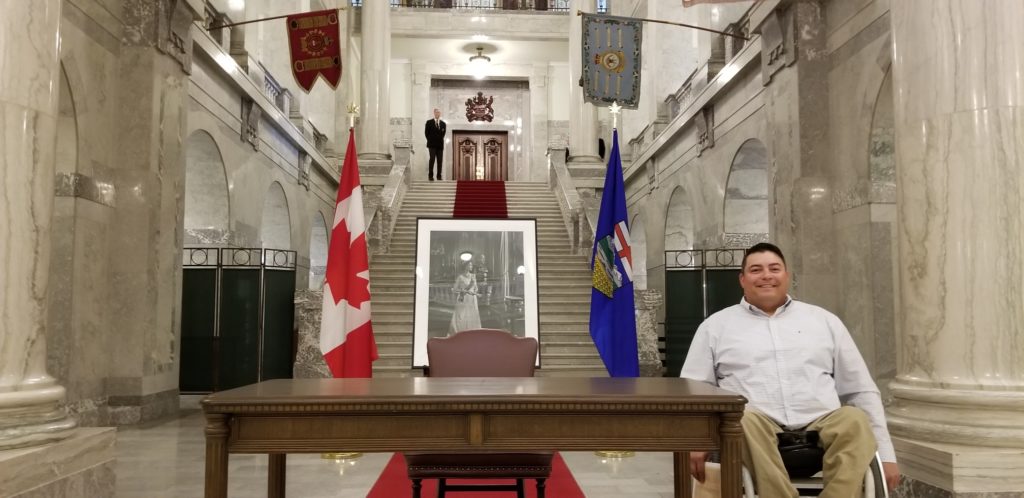
“Doig’s been very positive in inclusivity and I don’t really like the word stakeholders; we’re all land users, this is our backyard. There has to be a balance between industry and the environment. There’s places we have to save for future generations to come. And if we don’t do something now, I don’t know what to say, it will be too late. There needs to be collaborations between all of us to bring initiatives like this to a good and happy ending. I think if we do it all together, it’s something that we can all be proud of”, Chief Trevor Makadahay, Alaska Highway News, April 11, 2019
It is important to ensure future members have undisturbed and pristine places on the land. We believe there is a need to preserve these lands as development continues to change the landscape, which is sacred to its members. In an effort to preserve and protect this area, we aspire to educate the public about the Tribal Park and its ecological and cultural significance. We have plans to incorporate tourism and recreation activities within the Tribal Park.
Connecting to Chinchaga Wildland Park
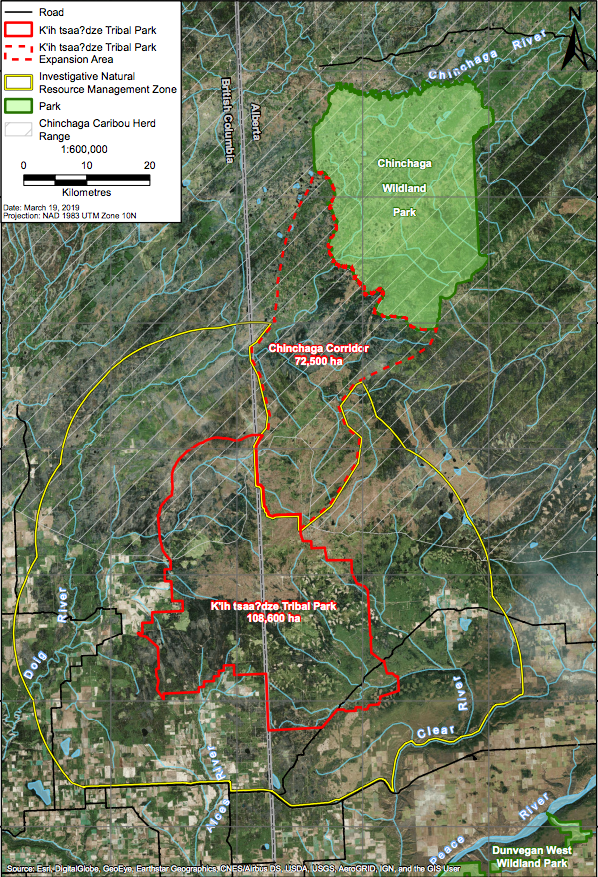
Recently, we expanded the K’ih tsaa?dze Tribal Park (KTP) boundaries to incorporate an additional 18,600 ha corridor connecting it to the Chinchaga Wildland Park, creating a large portion of protected area that overlaps with the Chinchaga caribou range. This land was selected as it encompasses additional lands traditionally used by our members for seasonal rounds. We plan to manage the KTP under an ecosystem-based conservation plan. The focus of the plan will be to protect, and/or where necessary, restore natural ecological and cultural integrity with in the park.

“K’ih Tsaa?dze represents a small portion of our land that is still whole – in its natural state. As such T’ih Tsaa?dze sustains Doig River people by providing foods, medicines, shelter, pure air, pure water and spiritual sustenance. Like the land, we are whole when we travel and live in Ki’h Tsaa?dze,” Excerpt from: “Ki’h Tsaa?dze Tribal Park, Doig River Community Vision”
